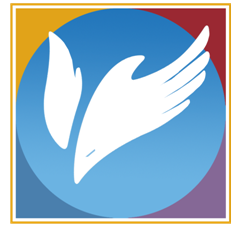Shewbread
The ancient temple had ascending levels of holiness that were symbolically separated by degrees on the basis of who was excluded. The fewer the number of people permitted to enter, the greater the associated holiness. In ascending degrees of holiness, the outer court area (where sacrifices and killings took place) was the first degree of holiness. All Israel was welcomed there. The second degree of holiness was the area immediately inside the temple building called the Holy Place. In it there was a table for shewbread (sometimes referred to as “showbread” in scripture), an altar of incense, and the menorah or seven-branched candlestick. In this area the priests alone were permitted to enter.1 The shewbread consisted of twelve unleavened loaves that were placed every Sabbath in the temple on the table beside the altar of incense and eaten by the priests at the end of the week (see Exodus 25:30; Matthew 12:4). Tyndale’s use of the word shewbread or showbread was based or influenced by Luther’s German translation of earlier texts into Schaubrot, translating from the Latin panes propositiones, as well as the Greek artai enopioi and Hebrew lechem panim (lechem “bread” + panim “face, presence”). Old English bible translations used the expression offring-hlafas (“offering loaves”).2 Shewbread is literally the bread set before the face of the Lord or bread of the presence. “This had been consumed every Sabbath by the priests, and was their ‘most holy portion’ eaten in the holy place.”3
1 Eighteen Verses, 343–344. See this reference for a description of the third and highest level of holiness in the temple.
2 Online Etymology Dictionary, https: //www.etymonline.com/word/shewbread#etymonline—v—23387; Strong’s Concordance, H3899, H6440.
3 Margaret Barker, The Hidden Tradition of the Kingdom of God, 125–126.
